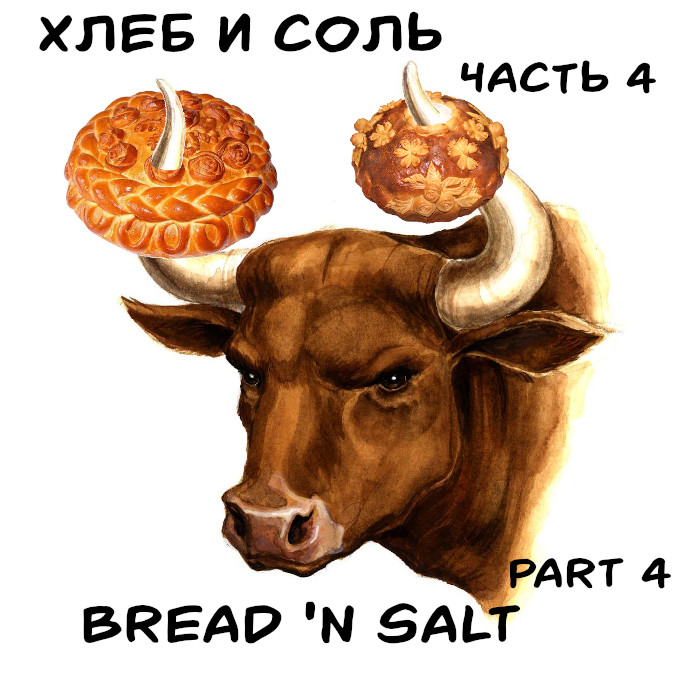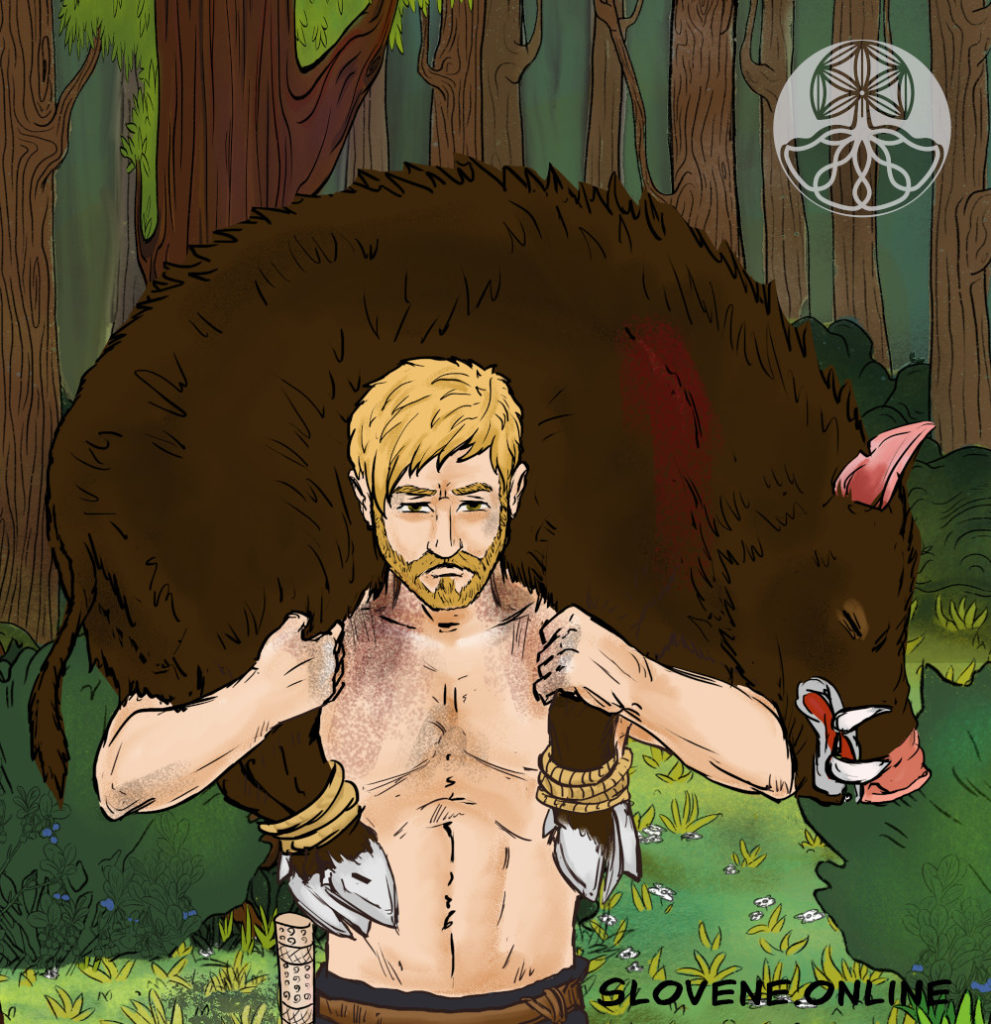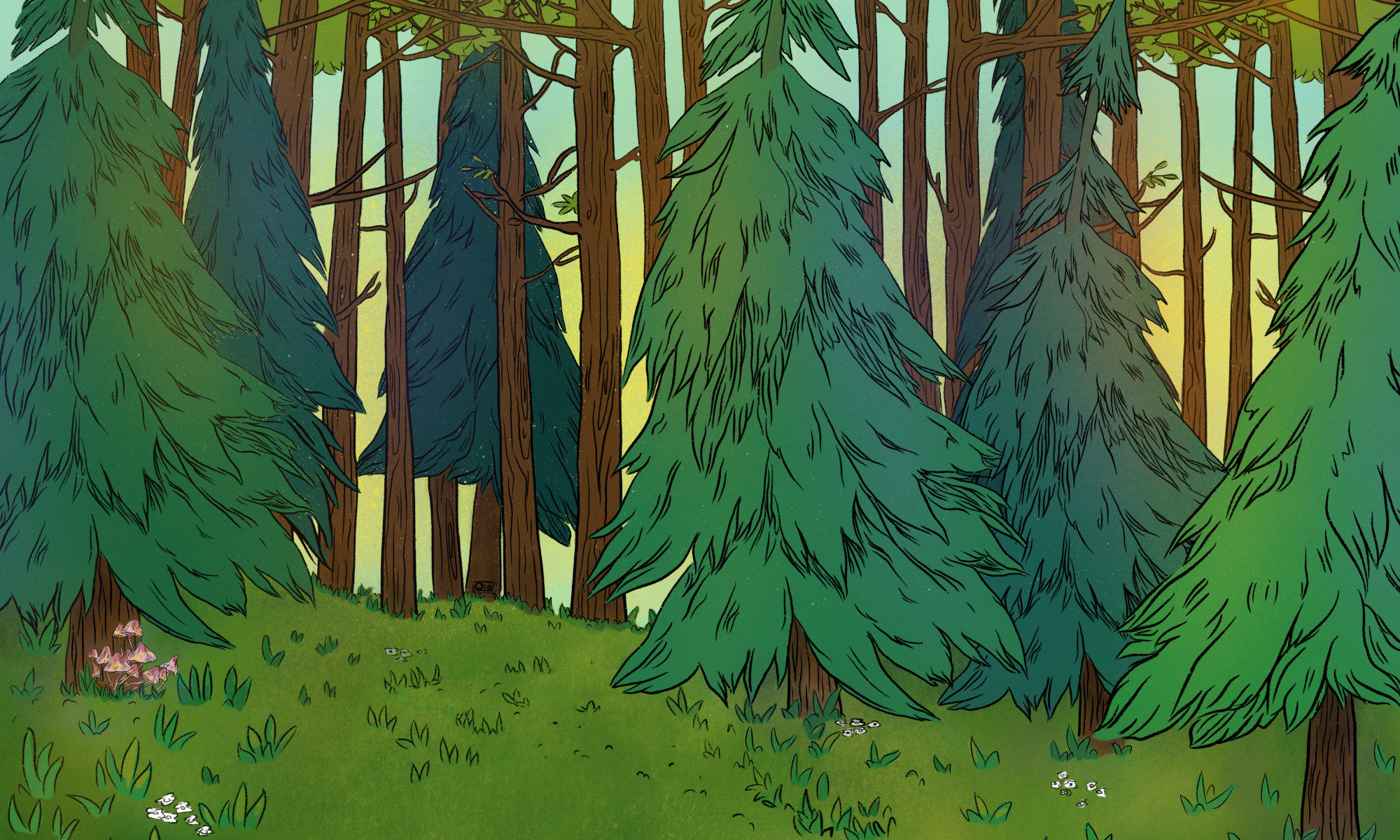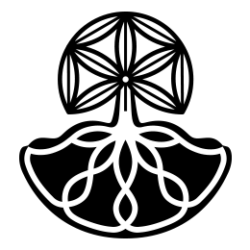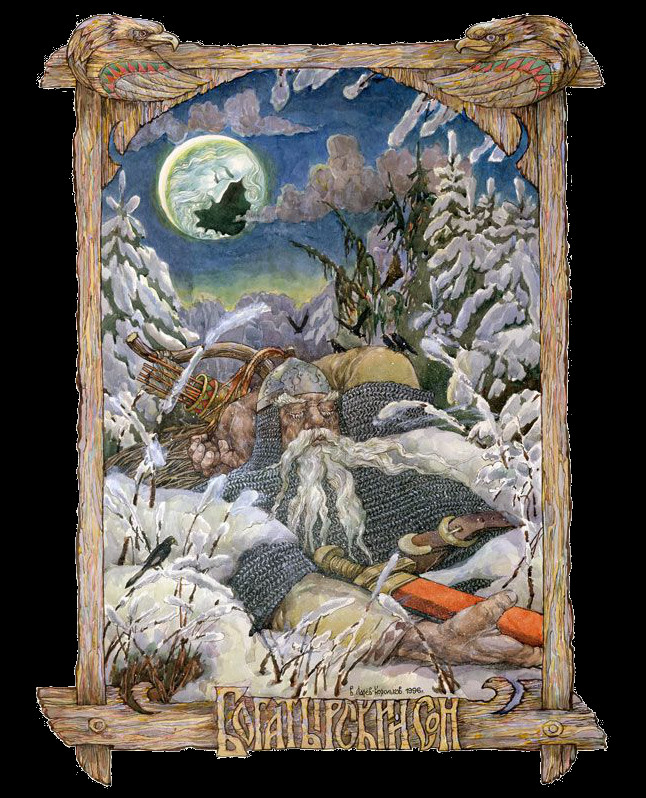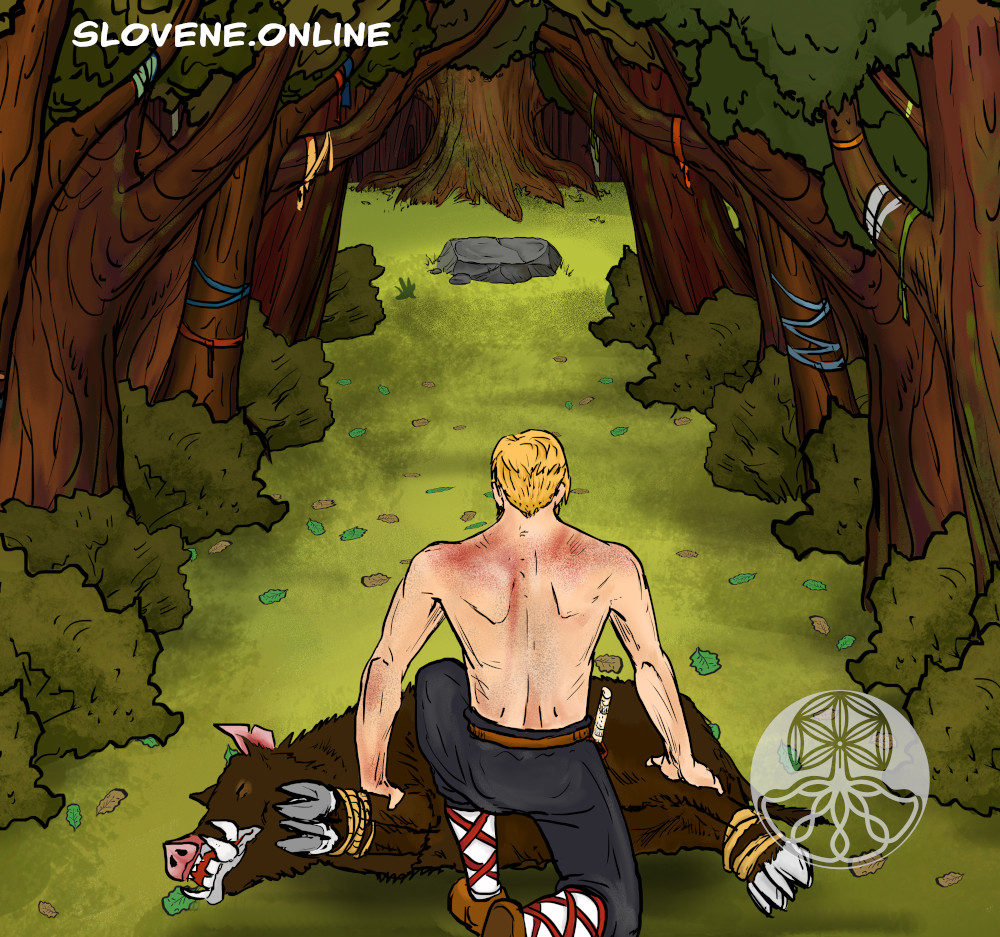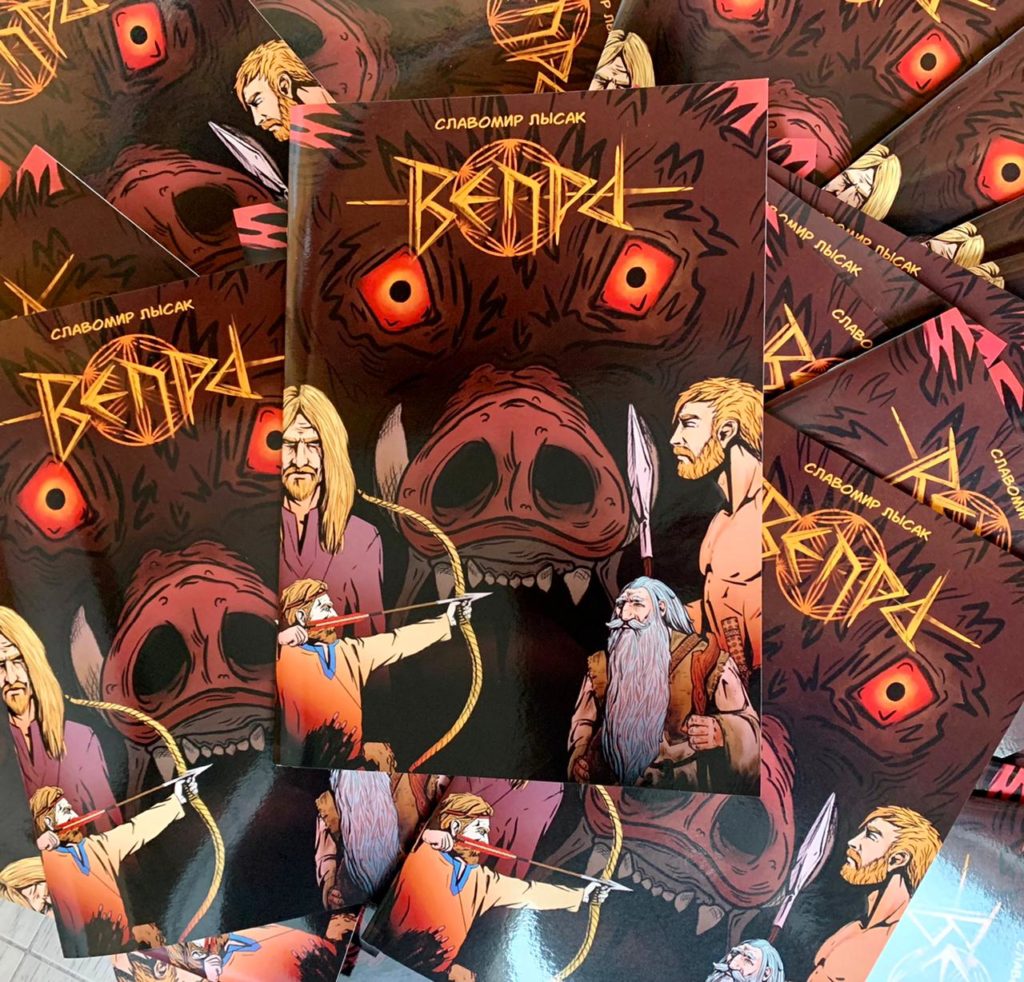Have you ever tried to milk a cow or build a house? Our Slavic ancestors used the “bread and salt” pair in many rituals, connected to birth, funerals, cattle-breeding, agriculture and construction. Both Eastern and Western Slavs, when laying the house foundation, as well as at all stages of its construction, put pieces of bread and salt in the corresponding parts of the building in order to ensure its durability and home’s prosperity.
ꏍ
For protection and ritual cleansing, bread and salt were placed inside a cradle or a bathtub of an infant, as well as sewn into swaddling blanket. Bulgarian women carried bread and salt with them before and after childbirth to “preserve milk”. In Belarus, to ease childbirth, a woman in labor kissed a bread loaf with salt and walked around the table three times.
ꏍ
Bread and salt were believed to have protective and fertility properties for livestock. Russians and Poleshchuks put them in a barn (tied to horns, to a milking gear, etc.) so that the cattle were fertile, produced more meat and milk, as well as to protect animals from an evil eye and diseases.
ꏍ
More interesting facts can be found in: “Slavic Antiquities” – encyclopedic dictionary in 5 volumes by Institute for Slavic Studies of the Russian Academy of Sciences.
